Millions of years ago, early humans lived in a world where survival was anything but guaranteed. Wild predators, unpredictable weather, and deadly diseases constantly threatened their existence. But through a series of groundbreaking innovations, our ancestors gradually moved from hiding in caves to building entire cities.
While this era left no written records, it marked some of the most important moments in human development. From tools and fire to farming and metalwork, here are five ways the prehistoric period shaped our future.
1. Humans Learned to Shape Their World With Stone Tools
The Stone Age began more than 3 million years ago and is divided into three periods: Paleolithic, Mesolithic, and Neolithic. It was during this time that humans first learned how to make and use tools. Early tools included sharpened rocks and simple cutting devices made from pebbles and bones.
Over time, toolmaking became more advanced. The invention of the handaxe, for example, required multiple techniques to chip and shape stones with precision. These tools may seem basic now, but they showed a new level of problem solving and understanding of materials. This shift allowed humans to hunt, build shelters, and prepare food more efficiently.
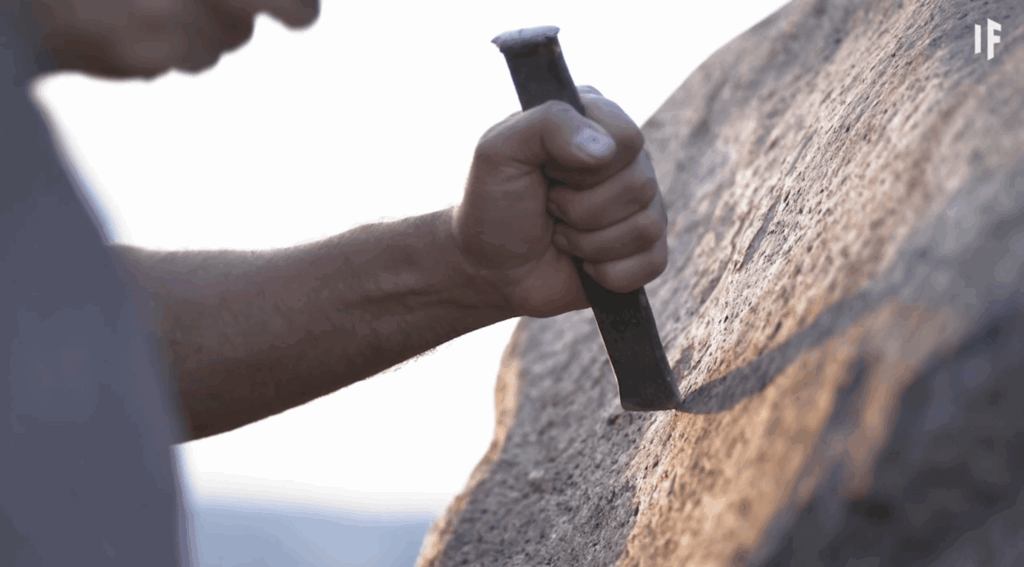
2. Fire Changed Everything
Harnessing fire was one of the most critical advancements in early human history. Fire provided warmth and light, protected people from predators, and made it possible to cook food. It also helped with crafting better tools and hardened wooden weapons.
With fire, humans began to settle in larger groups, creating a sense of community and increasing their ability to survive in harsher environments. This control over fire marked the beginning of our journey to dominate the natural world.
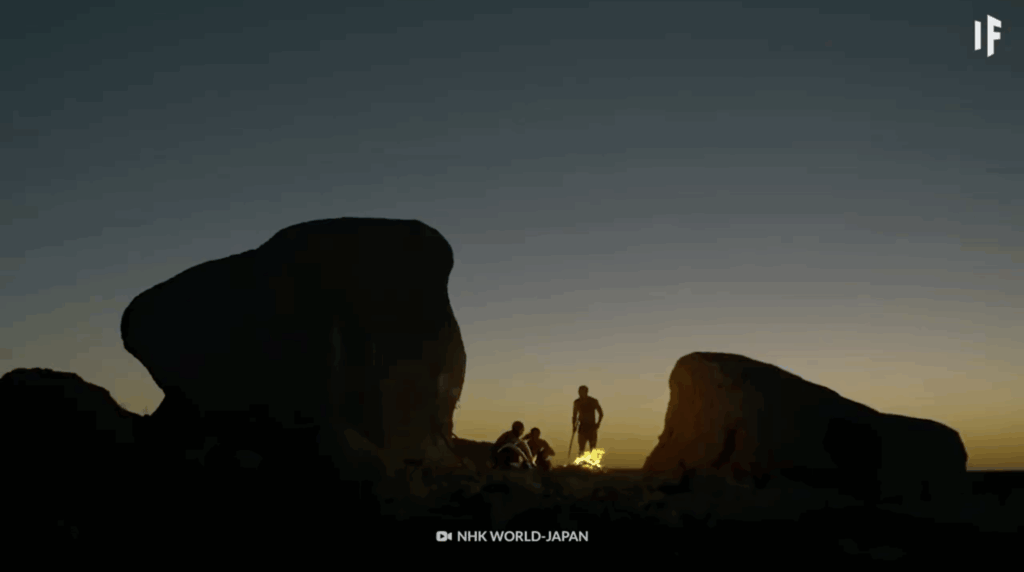
3. Farming and Domestication Transformed How Humans Lived
As the climate shifted, humans in the Mesolithic period began experimenting with planting crops. This early form of farming reduced the need for constant migration. It also led to the domestication of animals such as goats, pigs, and cattle, which became sources of food, clothing, and labor.
By the Neolithic period, people had developed farming techniques that allowed for permanent settlements. Populations grew, food supplies became more stable, and communities began to organize politically and socially. This agricultural revolution laid the groundwork for civilization.
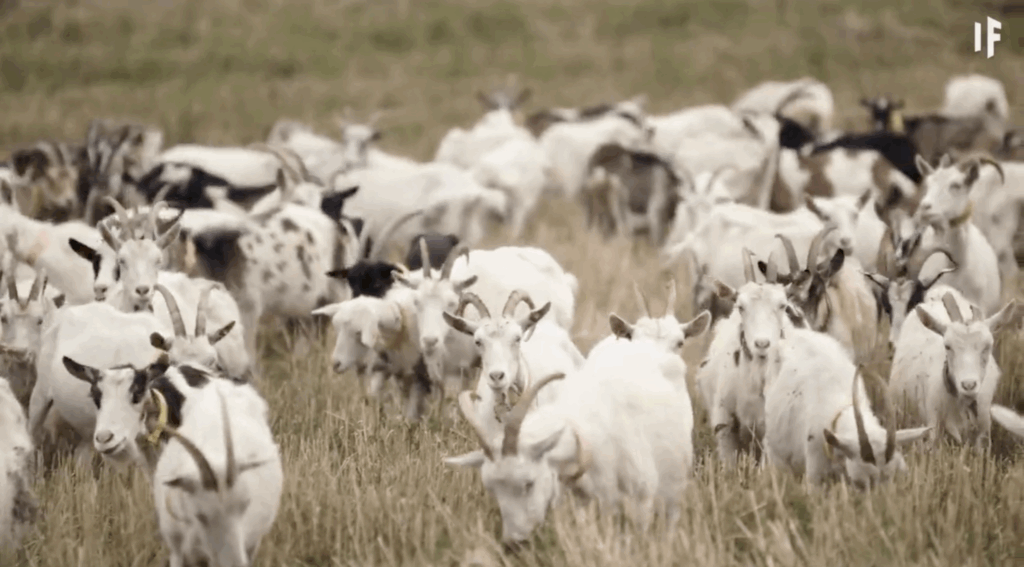
4. The Bronze Age Brought Metal and the Birth of Cities
Between 3300 and 1200 BCE, humans entered the Bronze Age. They discovered how to combine copper and tin to create bronze, a much stronger material than stone. With bronze, they could craft durable tools, weapons, and even decorative art.
The invention of the wheel and the growth of trade routes allowed for the exchange of goods between communities. Larger settlements began to emerge, requiring early forms of urban planning. Writing systems also began to appear, enabling humans to document and preserve knowledge.
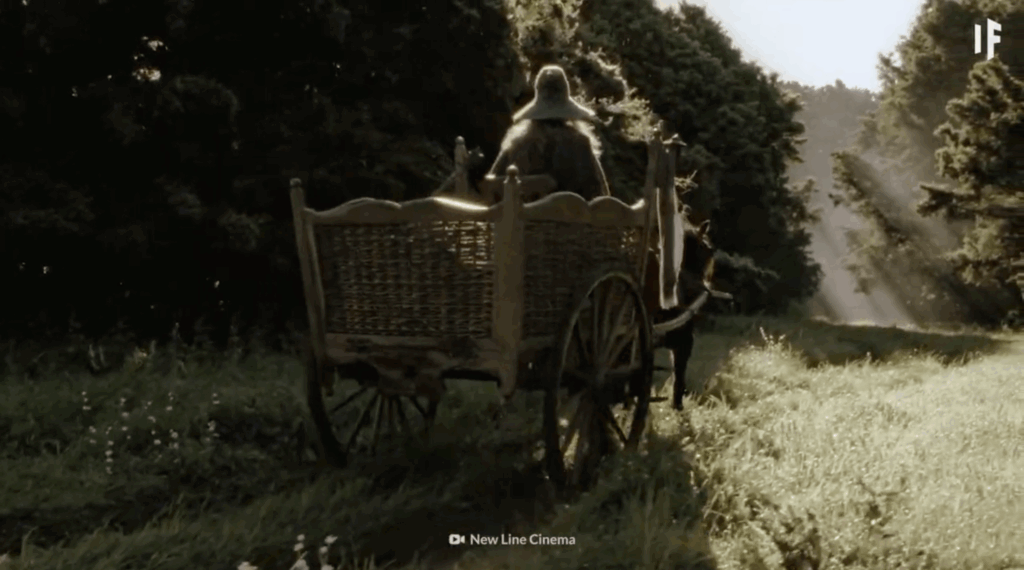
5. The Iron Age Powered Massive Technological Growth
Around 1200 BCE, societies across Europe and the Middle East began using iron. Stronger and more abundant than bronze, iron allowed for better tools, more efficient farming, and stronger weapons. It fueled the rise of powerful civilizations and large cities.
Iron smelting and forging required new techniques and knowledge, sparking rapid innovation. Societies could now mass produce tools and equipment, leading to economic growth and population booms. Iron plows revolutionized agriculture, creating food surpluses and making cities more self-sustaining.
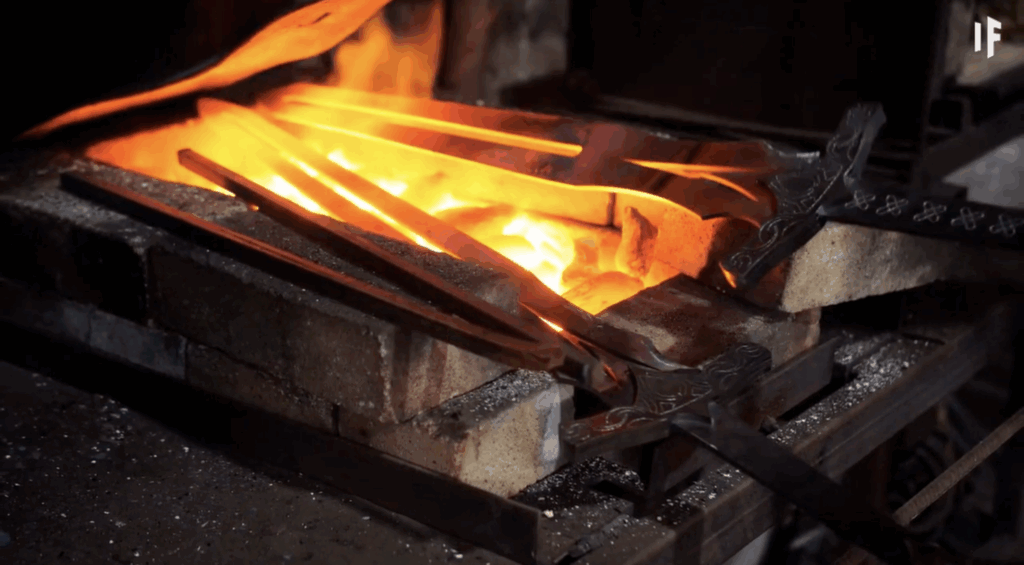
By the end of the Iron Age, around 550 BCE, humans were no longer just surviving—they were shaping the world. The era that followed, known as Classical Antiquity, brought recorded history, complex governments, and large-scale trade networks.



























